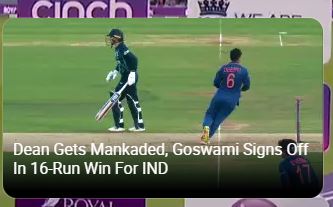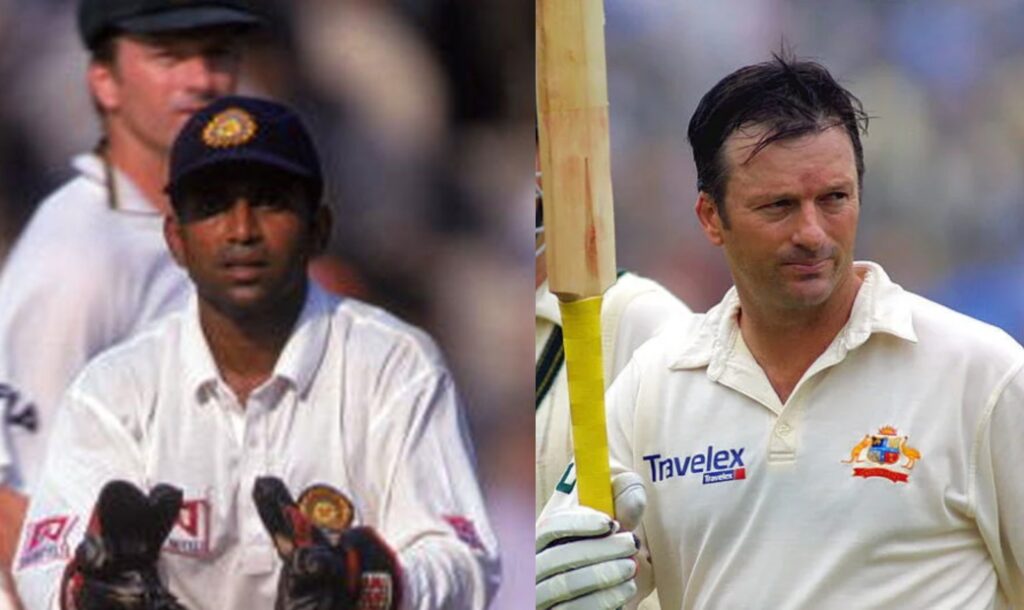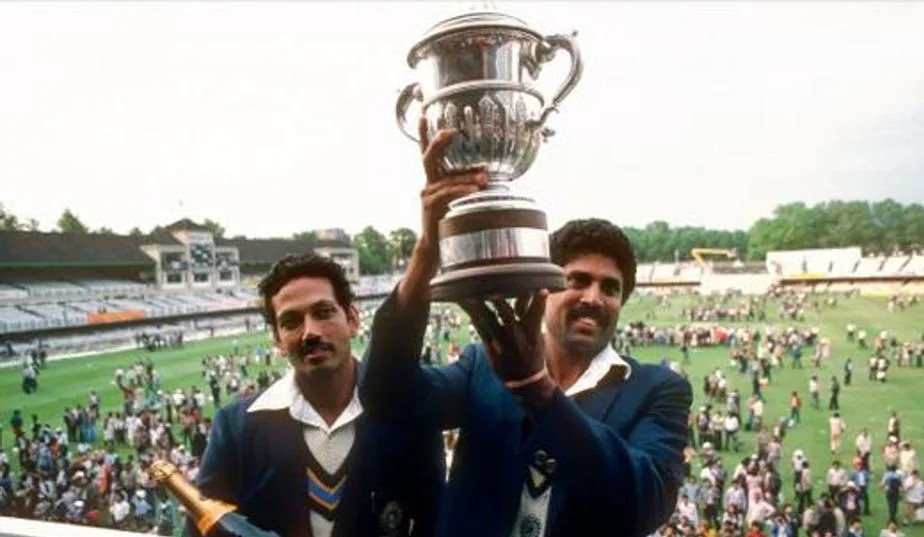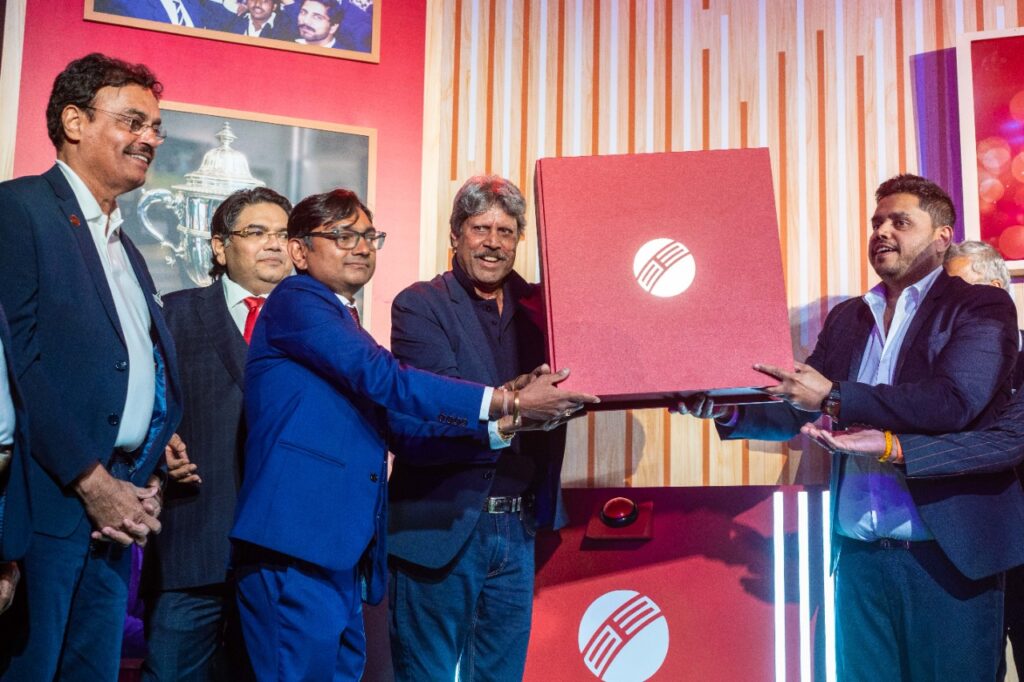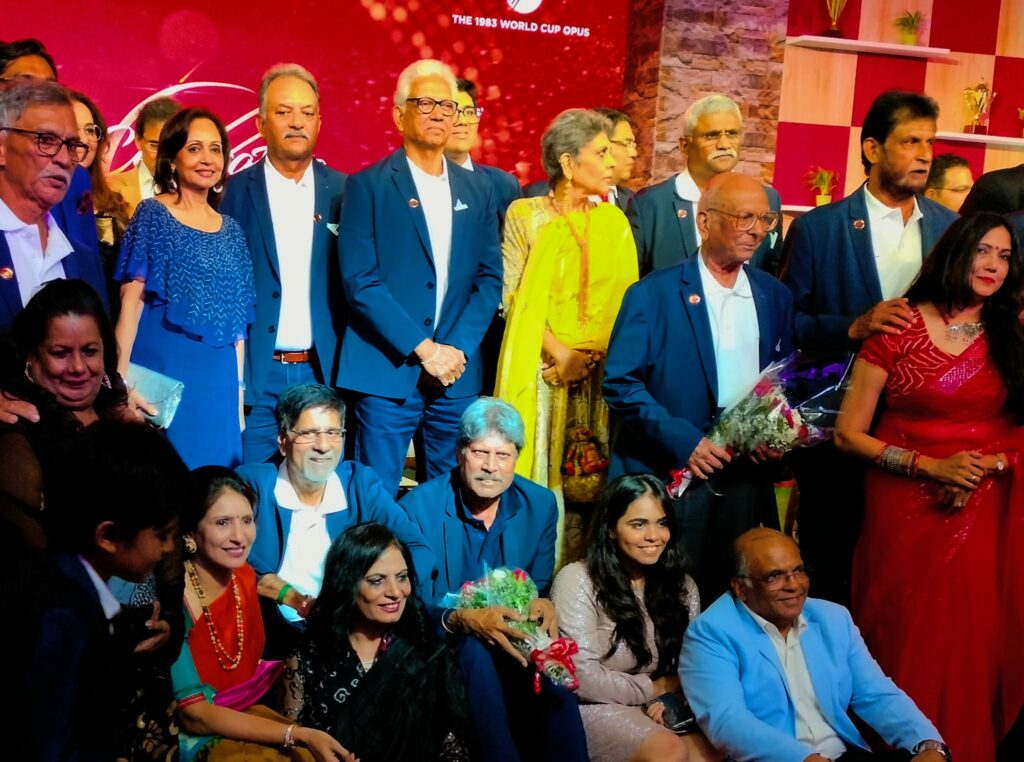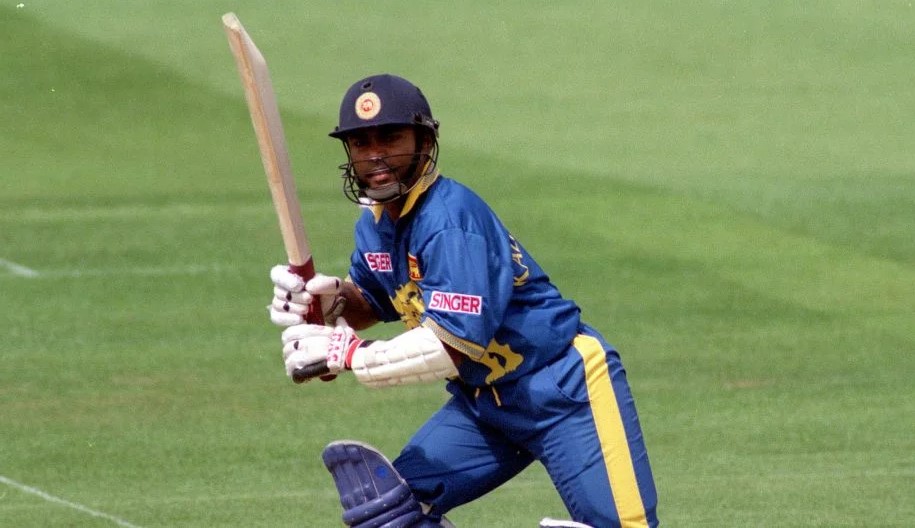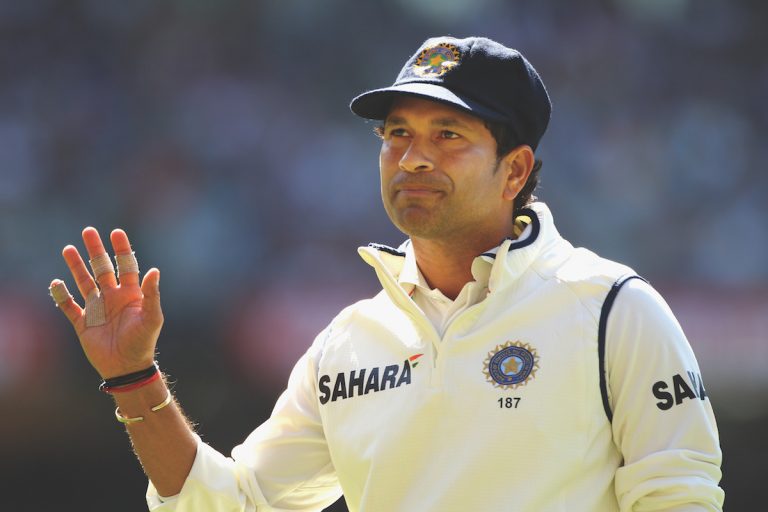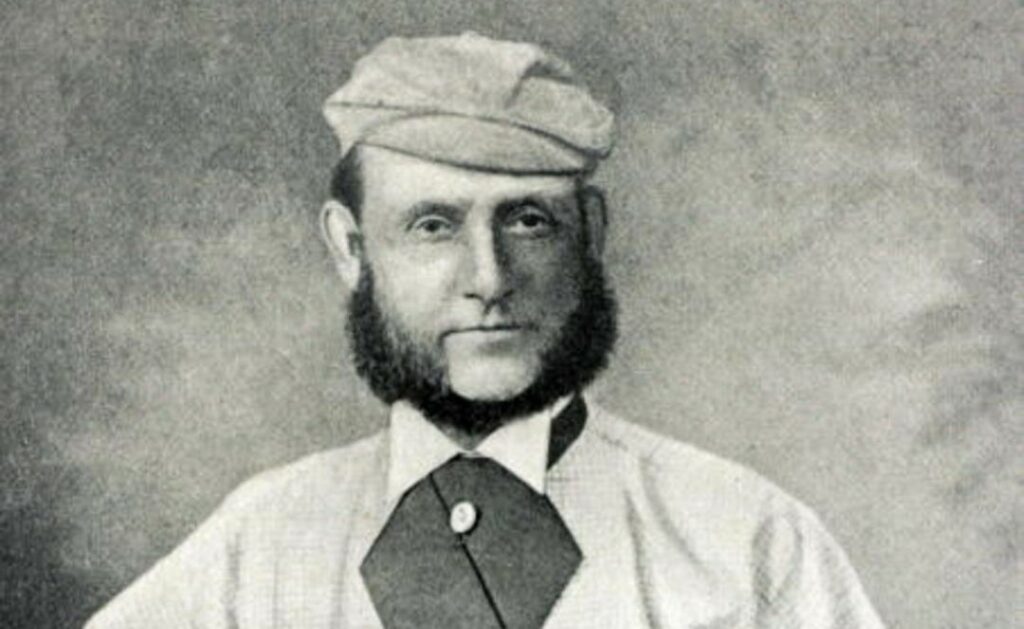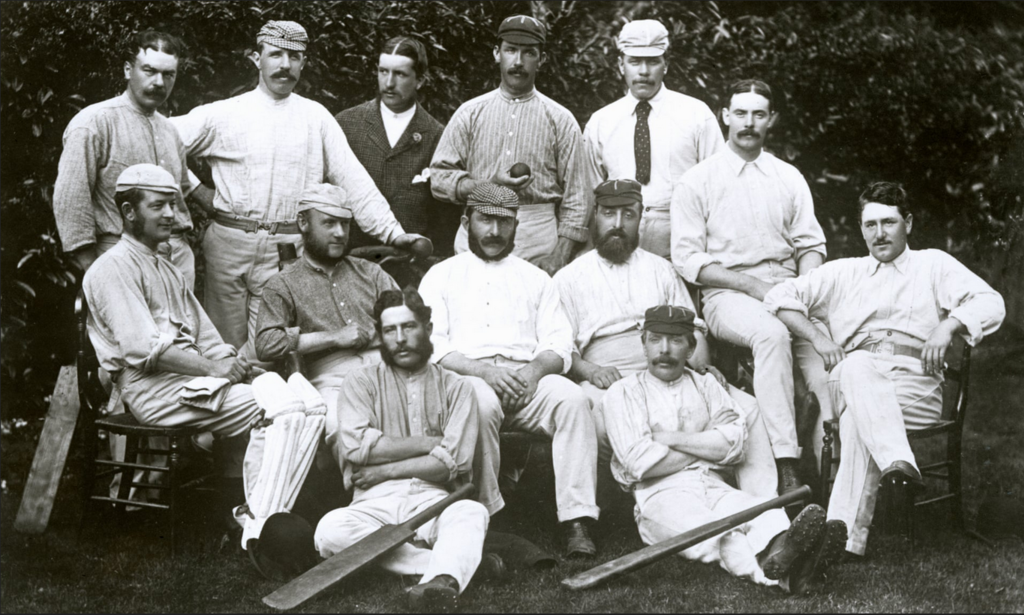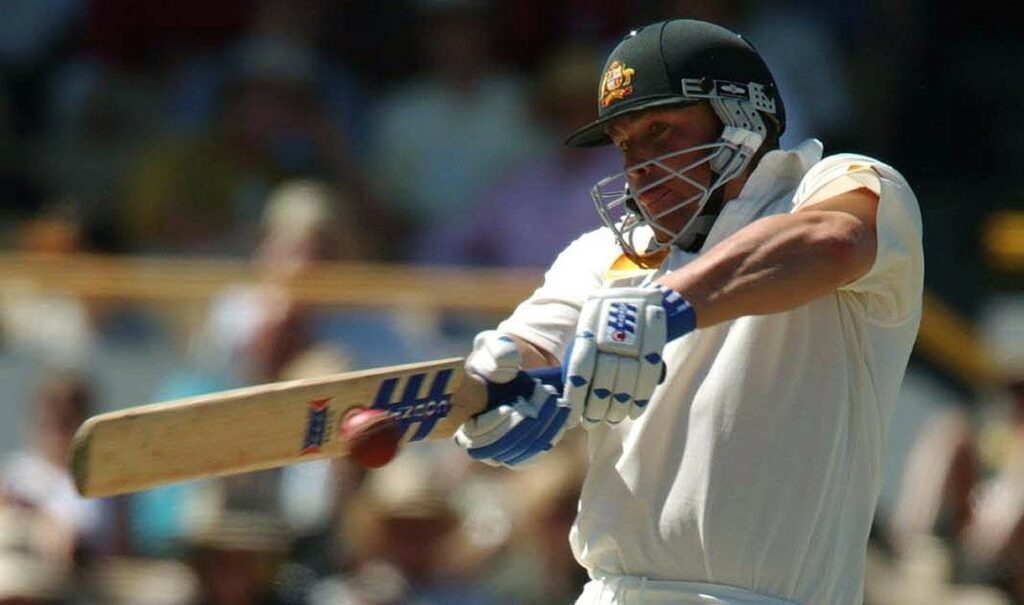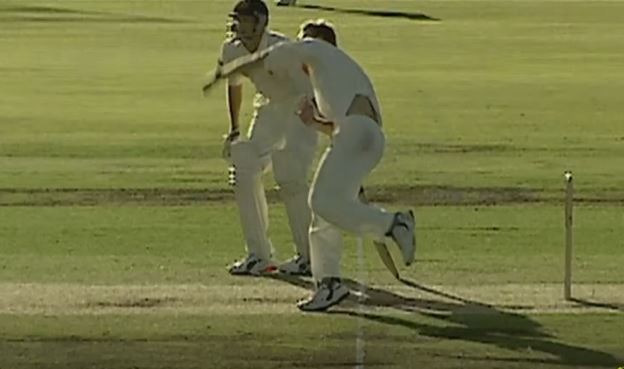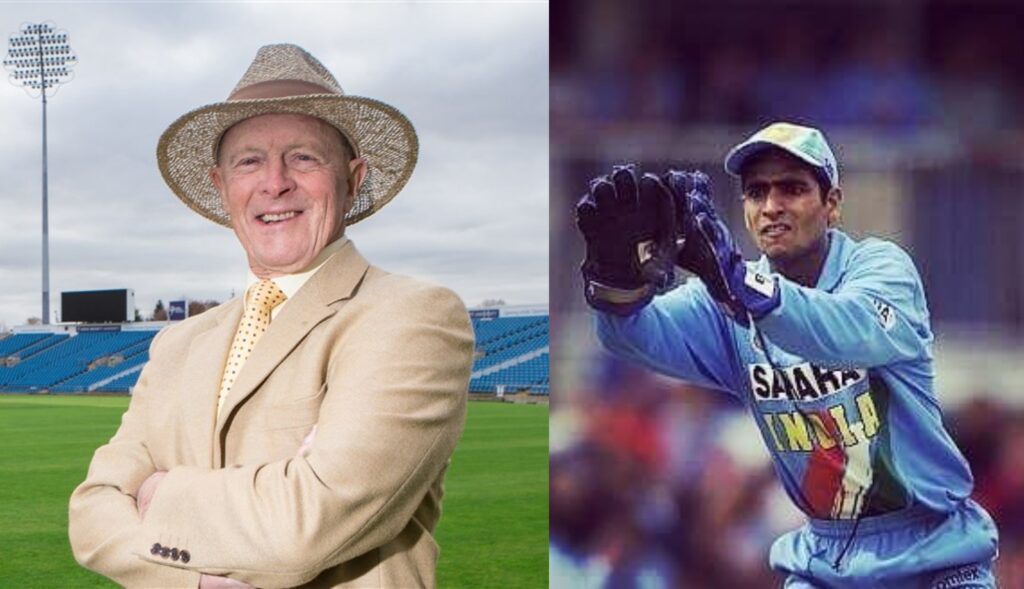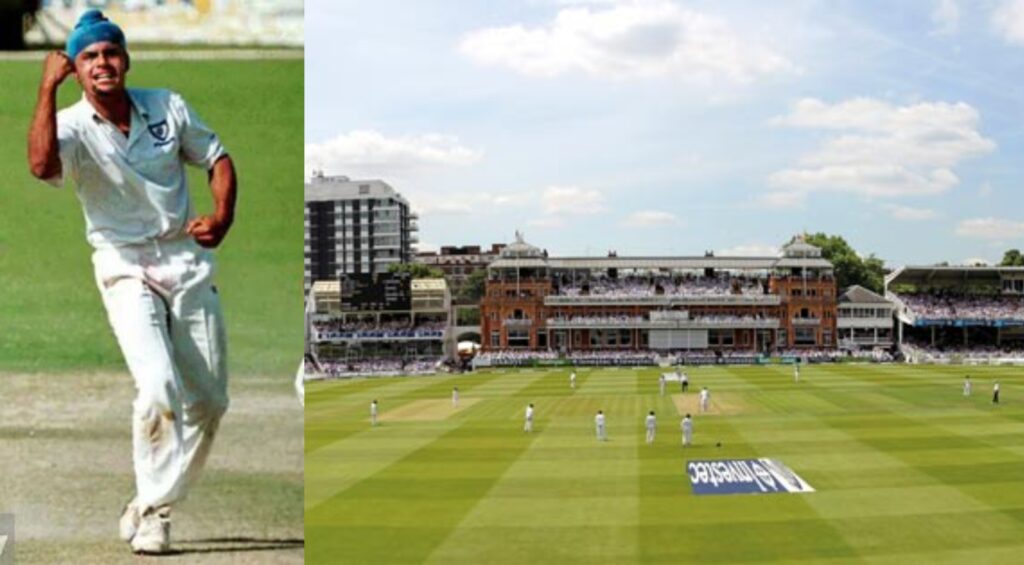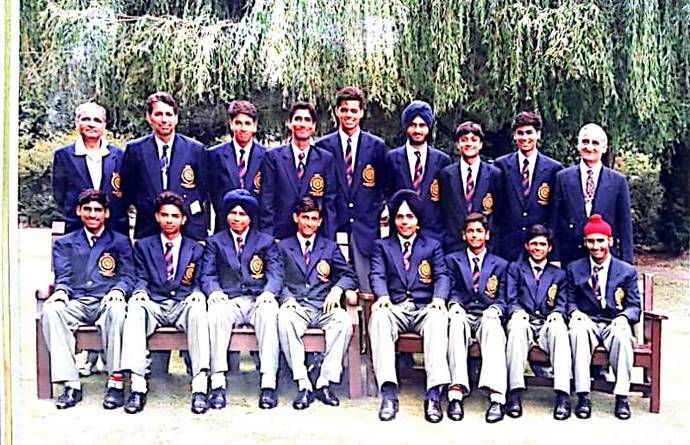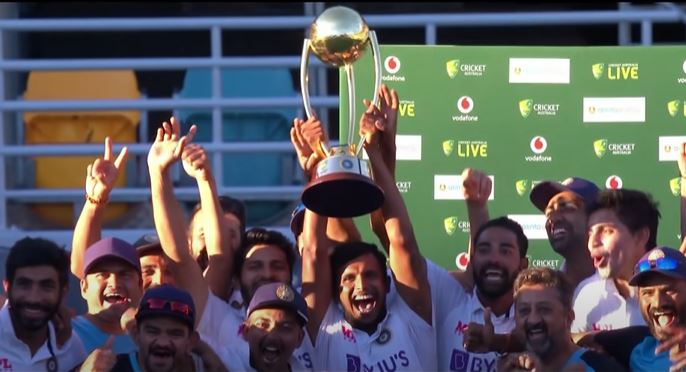The third ODI between India and England at the historic Lords stadium turned out to be an exciting and nail-biting affair. By winning the match by 16 runs, India wrapped up the series 3-0.
It was also an emotional match as it was also the farewell for India’s great pace bowler Jhulan Goswami. She provided a fine performance in her last match by picking up 2 for 30 off her 10 overs with 3 maidens.
But unfortunately, instead of the close encounter and Goswami’s retirement, the cricketing world has been discussing and debating the last wicket of the match in which Charlie Dean was run out at the bowler’s end by Deepti Sharma for backing up too far.
This has been a legitimate mode of dismissal but it was considered unsporting earlier because of its nature. It was referred to as ‘Mankading’ as India’s Vinoo Mankad effected two such run-outs in two different games during India’s 1947-48 tour to Australia.
Ravichandran Ashwin got embroiled in a controversy when he run-out Jos Buttler in the same way during the 2020 season of the IPL (Indian Premiere League). Similarly, Deepti Sharma has become the talk of the town for the same reason.
However, the rules were recently updated wherein it was decided that such run-outs won’t be considered against the spirit of the game. More importantly, the new rules also stated that such dismissals should be counted as run-outs instead of referring to them as ‘Mankading.’
But despite such official declarations, commentators Nasser Hussain and Lydia Greenway started the unfair game rhetoric when the final wicket fell. Greenway reacted as if something illegal was done. While Hussain kept saying that this is within the rules of the game, he messed it up by referring to the dismissal as ‘controversial’ later on.
If it is well within the rules and also not against the spirit of the game, as per the latest update, how is it controversial, Mr Hussain?
Also read: When Geoffrey Boycott had to chew his hat because of Ajay Ratra
But what really took the cake (not in a good way) was Sony Sports’s streaming platform Sony LIV highlighting that the batter was ‘Mankaded’ while showing that video. [See the image above].
How is the platform unaware about the latest guidelines stating that such run-outs are nothing but run-outs? Do the people responsible for the text on the platform are so naïve about the important developments in the game?
Harsha Bhogle discussing why such dismissals shouldn’t be referred to as ‘Mankading’ after the Ashwin incident in 2020
